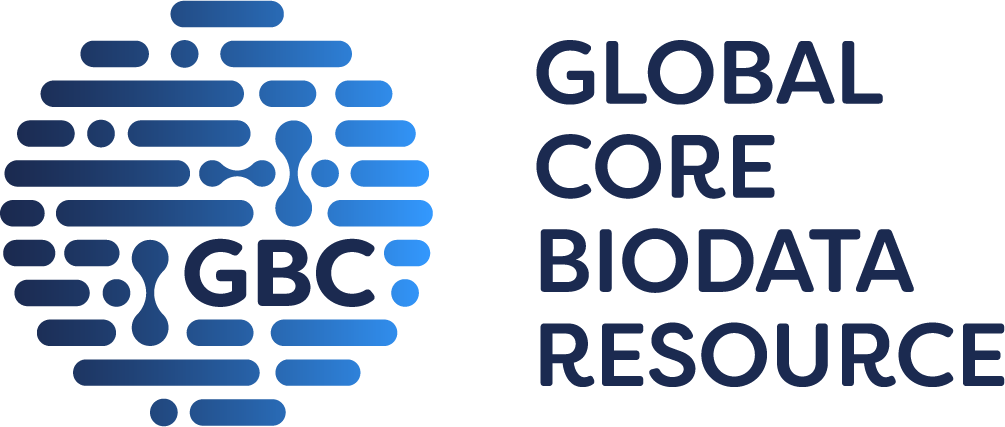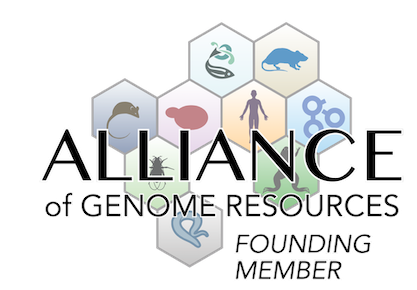adipose tissue
|
• reduced numbers of adipogenic progenitor and preadipocyte populations
• adipose tissue stromal cells differentiate into mature adipocytes at a lower rate than controls
• cultured adipogenic progenitors from epidermal WAT have a reduced proliferative capacity as measured by BrdU incorporation
|
|
• decreased number of mature adipocytes in epidermal white adipose tissue
|
|
• decreased body fat index as compared to wild-type
|
|
• reduction in white adipose tissue mass both as total mass and a percentage of body weight
• Fat pads from epidermal (EWAT), knee (KWAT), inguinal (IWAT) and retoperitoneal (RWAT) white adipose tissue are smaller as compared to controls
• brown adipose tissue is not significantly affected
|
|
• cultured adipogenic progenitors from epidermal WAT have a reduced proliferative capacity as measured by BrdU incorporation
• MEFs exhibit impaired cell proliferation under normal growth conditions and in response to fetal calf serum
• higher extracellular acidification (glycolysis) rate is observed in epidermal WAT
• increase in total oxygen consumption in epidermal WAT as compared to wild-type
|
behavior/neurological
|
• mice exhibit higher total activity
|
cellular
|
• reduced numbers of adipogenic progenitor and preadipocyte populations
• adipose tissue stromal cells differentiate into mature adipocytes at a lower rate than controls
• cultured adipogenic progenitors from epidermal WAT have a reduced proliferative capacity as measured by BrdU incorporation
|
growth/size/body
|
• decreased body weight beginning at 8 weeks of age on normal chow diet
• no difference in body length or food consumption is observed
|
|
• mice gain less weigh and have less adiposity than wild-type on high fat diet despite eating the same amount of food
|
homeostasis/metabolism
|
• mice gain less weigh and have less adiposity than wild-type on high fat diet despite eating the same amount of food
|
|
• increase in total oxygen consumption in epidermal WAT as compared to wild-type
|
|
• respiratory exchange rate from epidermal WAT is higher than controls, especially at the end of the light cycle
|
|
• higher extracellular acidification (glycolysis) rate is observed in epidermal WAT
|
|
• mice gain less weight, maintain normal glucose homeostasis and have less adiposity than wild-type on high fat diet
• mice do not develop glucose intolerance, insulin resistance, fatty liver, inflammation or adipocyte hypertrophy
|



 Analysis Tools
Analysis Tools